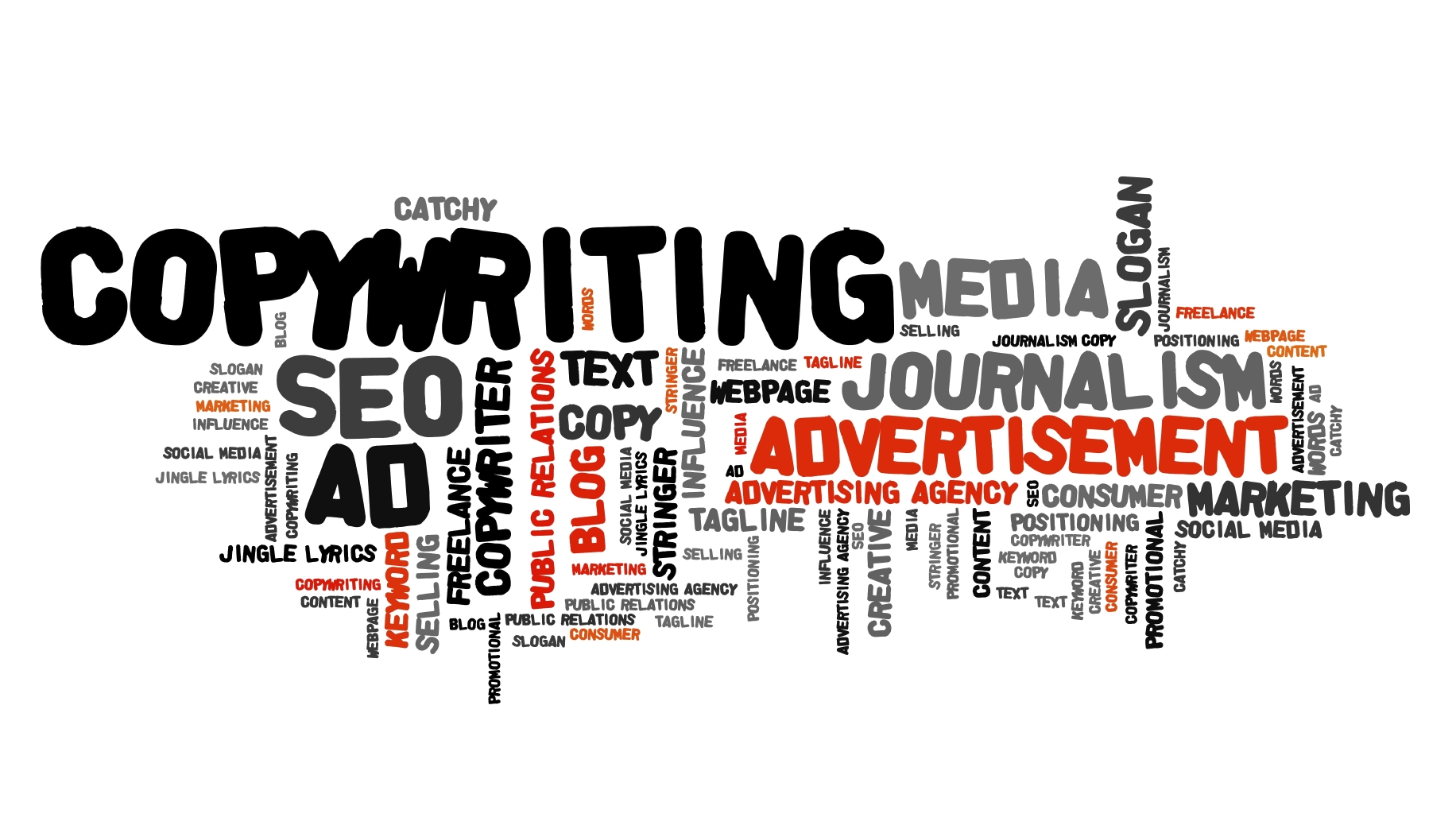How to Write Engaging Website Copy
Turn Ho-hum Drivel into Captivating Content

Remember the early days of the web? When companies first launched their websites, they often took their existing print materials–brochures, reports, mission statements, press releases–and plopped them into place online. Boom, done!
The result was a confusing hodge-podge of boring and impersonal content that didn’t connect with website visitors. It didn’t answer their questions, and it didn’t solve their problems. Consequently, it wasn’t very effective.
The content also didn’t help the website get visibility on search engines. Because the text wasn’t written with keywords in mind, it didn’t rank well.
Over time, copywriting began to evolve, and a new style, one geared specifically to the web, emerged.

Website copy has evolved to have its own rules and style. (He reminds me of some of the men I’ve dated.)
Website Copywriting Is a Different Animal
Writing for the web is not the same as writing for print; people read differently when they’re online. It’s simply harder to read on a screen than it is to read on paper, especially now that many people rely on their small-screen tablets or phones to read. The longer the sentences and paragraphs, the more challenging it is to grasp the meaning.
When you write for the web, you need to keep in mind how people view a page. Most people actually don’t read—they scan. They look at headings and subheadings first. Then they scan for hyperlinks, bullets, numbers and keywords.

Web copy is a different breed of writing than printed materials. (Cuteness overload!)
They jump around, scrolling and clicking. And when they don’t quickly find what they need, they hit their browser’s “Back” button. In a word, internet readers are impatient.
Write Like You Speak
The most effective websites don’t use a print writing style. They are composed in a talking style of writing.
That is, to create good web content, write how you speak. Avoid long, complex sentences. Also steer clear of lengthy, detailed paragraphs. Break big chunks of copy into easy-to-read, specific thoughts. Use subheads to make copy easier to scan.

When you write like you speak, you keep your reader’s attention. (So, did you hear that Clarissa slept with the entire wrestling team?)
One of the handiest tools for the online copywriter is your PC’s word-count function. Try it. If you’re consistently writing paragraphs with more than 50 words or five lines, you should probably simplify.
Your objective in writing online content shouldn’t be to dazzle the reader with literary technique or to overwhelm him with information. Your intent should be to communicate clearly and efficiently. Overcome readers’ impatience by keeping things as brief as possible.
Informal Copywriting Is Fine for the Web
Write with active voice, as opposed to passive voice. Use present tense whenever possible. Avoid using technical jargon and industry-specific acronyms that the reader may not understand.
Speak in a friendly manner. Yes, your high school English teacher would object, but it’s okay to be casual and conversational in your web copy. You’re trying to connect with your reader. It’s the difference between writing a term paper and a letter to a good friend. And let’s face it, which one is more interesting to read?
Use Sentence Variety
Every sentence should not begin with the common subject-verb structure, such as “The cat leaped into the garden.” Alternatively, you can write, “When the cat leaped into the garden…” or “Into the garden, the cat leaped,” or “Leaping into the garden…”

Add sentence variety and readers will pounce on your words. (My friend has 9 cats. At what point is she a weird cat lady?)
To apply a little sentence variety, imagine cutting a sentence into individual words and placing them in a paper bag. Shake them up! Now lay out your sentence and experiment.
Can you break your single sentence into two sentences? Can you move the words at the end to the front? Could you add another thought that would lengthen your short sentence?
By using different structures for your sentences, you’ll produce copy that is more sophisticated and engaging.
Avoid Jargon and Clichés
Every industry has its own jargon. These words known to insiders hold little meaning to the layperson. Unless you are explicitly targeting industry experts with your web copy, avoid using industry-exclusive terminology.
The other side of the jargon issue is language that’s so common, the reader knows what’s coming. Clichés have lost their power to create a picture in the mind. They’re ineffective.
Phrases like “tip of the iceberg” and “like a kid in a candy store” have been over-used. Instead look for ways to infuse your words with meaning through originality.

Common phrases like “kid in a candy store” lack effectiveness. Be creative! (I put on 5 lbs. just looking at this picture!)
Tell a Story
An anecdote that helps you deliver a message is an excellent technique for capturing your reader’s attention. Who doesn’t enjoy a good story?
Make sure your tale is believable and relevant. Even better is if it humanizes the people behind your website. Far more effective than corporate-speak, stories are memorable and elicit emotion.
Stories can show strength or vulnerability. They can be heart-wrenching or humorous. Just as you would in a personal conversation, use stories to make your points and let your personality shine through.
Employ These Copywriter Tricks-of-the-Trade
While you may hope your visitors read every one of your hand-selected words, that’s probably an unrealistic goal. But you can try a few old-fashioned copywriter tricks to impart your most important information.
Craft good headlines and subheads. They should be compelling. Creativity counts but not at the expense of clarity.

Copywriter tricks include putting important information into captions, subheads and P.S. statements. (A little abracadabra never hurt anyone, well, except the lady who was sawed in half.)
If you have photos or illustrations incorporated into your copy, be sure to write captions. Even the most casual reader is likely to look at a picture and read its caption.
To encourage action, make your links into buttons with bright colors and clever wording. “Click here” is not as effective as “Get Your 50% Off Coupon!”
Ask a question. Your reader will begin forming an answer in her mind and will read on to learn more.
You can even consider applying some proven print techniques. For example, if your website includes a letter from the president of your organization, tuck a special offer into a P.S. at the end. The P.S. gets far more readership than any other part of a letter.
Focused Content Works Best
Give your web page a clear focus and make sure to include keywords that support that focus. For example, if your page is about planting tomatoes, then write about planting tomatoes. Steer clear of pumpkin and cucumber planting. And don’t talk about recipes that use tomatoes or artful ways to cut tomatoes. Save all that “good stuff” for another page.

Less fluff and a sharper focus results in more impactful copy. (Round lens, square picture — I’m so confused.)
Most importantly, give useful information. Don’t fill your page with fluff. Get to the point. Give the facts. Your reader has questions he wants answered. Become his go-to source for that information.
Your website visitors will love your focused, informational copy, and so will the search engines.
Keep SEO in Mind
You should always write copy that will appeal to your target audience. It’s not about you; it’s about them!
However, that’s not the only reader you need to think about. If you want your website to come up in search results, you’ll need to write with search engine optimization (SEO) in mind.

For visibility on search engines, your copy and meta-tags must contain keywords. (Ignore the bottle of rum in the corner. It’s just for inspiration.)
You should use keywords that are relevant to your content and incorporate them into your copy as well as your meta-tags. Google and other search engines use that information to index your site and determine when it should be included in search results.
If you aren’t confident in SEO best practices, consider hiring a copywriter who is. It could be the best investment you make in developing your online presence.
Tell Your Reader What to Do Next
End each of your website pages with a call-to-action. Don’t keep your website visitor hanging, leaving him to decide whether to plunge deeper into your site or hit that “back” key.

Prompt your visitor to reach for his wallet by telling him to “Buy now!” (Feel free to zoom in and steal this dude’s credit card number.)
Instead, tell the reader exactly what he should do next: click on the link, buy this, read more, subscribe here. After all, getting your visitor to take action is what website marketing is all about!
Hire a Professional Copywriter
Ask yourself whether copywriting is the best use of your time. And gauge whether you have the skills to create content that will persuade readers to take action. Yes, you got that “A” in freshman English, but that was ages ago, and does composition writing translate into creative, persuasive web copy?
Professional copywriters spend years perfecting their craft. They bring talent and experience to the table. They know what works. They stay abreast of the latest trends, such as SEO best practices and the psychology of the sales funnel. They will make your words sparkle.

A professional copywriter will produce sparkling content that achieves your objectives. (Sparklers — fireworks for wimps)
If your customers’ first introduction to your company is likely to be your website, your online presentation must be polished. An investment in professional copy that adds sparkle and panache to your content could pay for itself many times over in the sales it generates.
P.S. Pardon the smartass captions. I was in a goofy mood when I wrote this piece. Hope you were amused, not offended. — Susan
* * *
Contact Susan Greene
Good copywriting makes a difference. Need help crafting copy for your website?
Get a quoteTestimonial
Looks amazing
We love everything about this website copy! Looks amazing. Thank you again for all your help in launching Ledger Lovers Co. bookkeeping services.
Anna Hoopes Mandac
Owner
Ledger Lovers Co.
Cleveland, Ohio

